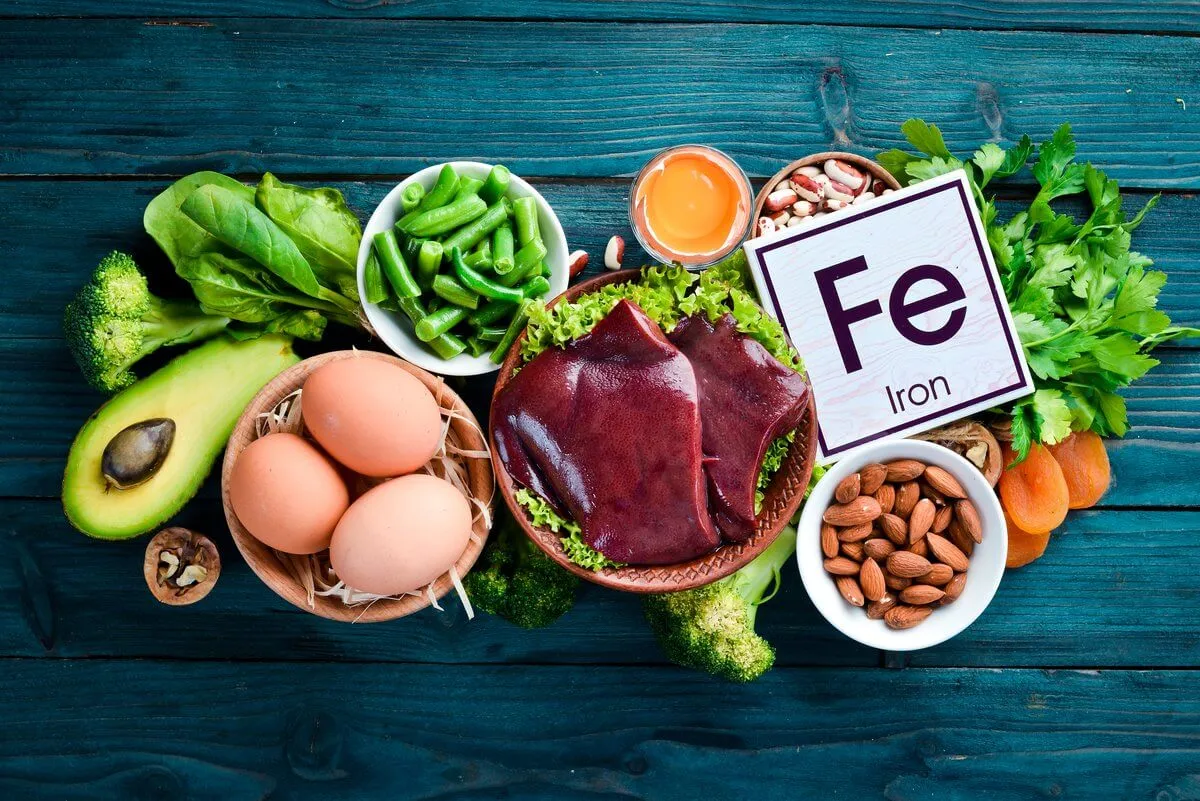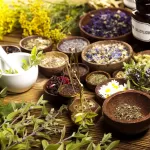Pneumoconiosis is a group of heterogeneous occupational interstitial lung diseases caused by mineral dust inhalation in the lungs, resulting in lung dysfunction.
Mesothelioma | Causes, Symptoms, and Treatments
Introduction
Mesothelioma is a rare and deadly cancer that originates from mesothelial cells of the pleura or serosal surfaces such as the peritoneum, pericardium, and tunica vaginalis.
It is most commonly observed in the pleura (65-70%), followed by the peritoneum (30%), pericardium, and tunica vaginalis (1-2%).
This type of tumor, which is associated with somatic and germline mutations, envelops and compresses organs and body cavities.
The term “malignant pleural mesothelioma” refers to mesothelioma that originates from the pleura (MPM).
Causes of Mesothelioma
Asbestos exposure is the single most common cause (over 90% of mesotheliomas).
The disease can be caused by any type of asbestos, but amphibole fibers represent the highest risk.
There is no dose-response relationship, in contrast to asbestosis.
There is no threshold below which there is no risk, but at low exposure levels, the risk is very small.
Washing contaminated work clothes can cause mesothelioma in the spouses of workers.
Signs and Symptoms of Mesothelioma
The signs and symptoms of mesothelioma are relatively nonspecific.
Chest pain and dyspnea are common symptoms of malignant pleural mesothelioma.
Dyspnea indicates the presence of pleural effusion (the most common initial finding, occurring in approximately 90% of patients).
There may also be general symptoms like unintentional weight loss, loss of appetite, cough, fatigue, and chest wall mass.
Mesothelioma Staging
The only type of mesothelioma that can be staged is malignant pleural mesothelioma.
The staging of MPM uses TNM staging, which includes the tumor size (T), lymphatic spread (N), and distant metastasis (M) stages.
Stages can be summarized as follows: –
Stage I → Disease is limited to the ipsilateral pleura.
Stage II → Additional ipsilateral lymphatic involvement.
Stage III → The tumor involving deeper tissue or contralateral lymphatics.
Stage IV → Distant metastasis.
Diagnosis of Mesothelioma
Early diagnosis is very difficult due to its silent progression and the long latent period.
A thorough history of occupational and environmental asbestos exposure is required for proper diagnosis.
Pleural opacity can be seen on chest radiography and tomography.
Tissue diagnosis can be made using pleural or peritoneal fluid cytology or pleural biopsy obtained through needle biopsy, thoracoscopy, or thoracotomy.
To obtain tissue in peritoneal mesothelioma, peritoneoscopy or laparotomy may be required.
Megakaryocyte potentiating factor is a serum biomarker for malignant pleural mesothelioma.
CXR (or CT) shows:
- Pleural effusion.
- Pleural mass or thickening ± free fluid.
- Concomitant pleural plaques or pulmonary fibrosis (minority).
- Local invasion of the chest wall, heart, or mediastinum.
Mesothelioma Life Expectancy
Mesothelioma is almost always fatal, and there is no effective curative therapy. Therefore, mortality is equal to incidence.
There were more than 100 days between the patient’s admission to the hospital with symptoms and the mesothelioma diagnosis.
All of this results in the tumor diagnosis being almost in its final stages.
The median survival following initial diagnosis is typically six months.
Death is unavoidable within 4 to 6 months. Some patients may survive for 15 to 18 months with treatment.
The prognosis of peritoneal tumors is worse than pleural tumors.
Treatment of Mesothelioma
Treatment depends on the stage of the tumor, with Stage III-IV malignant pleural mesothelioma being regarded as incurable and not susceptible to surgical resection.
The most common treatment options are surgical resection, chemotherapy, radiotherapy, and immunotherapy.
To improve treatment effectiveness and reach the best possible survival rate, a multimodal approach is generally preferred.
Multimodality therapy can be used for both curative and supportive purposes.
Palliative treatment includes drain effusions and pleurodesis.
a. Chemotherapy
Currently, combination chemotherapy using pemetrexed and platinum-based chemotherapy is the first-line standard systemic treatment.
The recommended course of treatment for patients with clinical Stage I to IIIA epithelioid or biphasic MPM is pemetrexed and platinum-based induction chemotherapy.
Patients who are considered inoperable in the evaluation after the neoadjuvant chemotherapy continue receiving chemotherapy.
b. Surgery
The role of surgery in MPM includes removing some or all of the peritoneal membrane surrounding the abdomen to reduce tumor load.
c. Radiotherapy
MPM is generally known to be RT-resistant. However, it has become clear that RT can produce positive outcomes as a result of recent research and technological advancements in the field.
The development of intensity-modulated radiation therapy (IMRT) techniques has increased normal tissue protection, and higher dose radiotherapy has been applied to the hemithorax.
d. Immunotherapy
Immunotherapy’s innovative principle is that instead of directly targeting cancer cells, it reprograms the immune system to recognize cancerous cells.
Immunotherapy can provide long-term disease control and increase survival by limiting tumor spread.
Ipilimumab and tremelimumab are the two main clinically developed therapeutic monoclonal antibodies against CTLA4.
Summary
Mesothelioma is a rare and deadly cancer that originates from mesothelial cells of the pleura or serosal surfaces such as the peritoneum, pericardium, and tunica vaginalis.
It is most commonly observed in the pleura (65-70%), followed by the peritoneum (30%), pericardium, and tunica vaginalis (1-2%).
This type of tumor, which is associated with somatic and germline mutations, envelops and compresses organs and body cavities.
Asbestos exposure is the single most common cause (over 90% of mesotheliomas).
Common symptoms of malignant pleural mesothelioma include chest pain and dyspnea.
Dyspnea indicates the presence of pleural effusion.
There may also be general symptoms like unintentional weight loss, loss of appetite, cough, fatigue, and chest wall mass.
The only type of mesothelioma that can be staged is malignant pleural mesothelioma.
Early diagnosis is very difficult due to its silent progression and the long latent period.
A thorough history of occupational and environmental asbestos exposure is required for proper diagnosis.
CXR (or CT) shows:
- Pleural effusion
- Pleural mass or thickening ± free fluid.
- Concomitant pleural plaques or pulmonary fibrosis (minority).
- Local invasion of the chest wall, heart, or mediastinum.
Death is unavoidable within 4 to 6 months. Some patients may survive for 15 to 18 months with treatment.
Treatment depends on the stage of the tumor, with Stage III-IV malignant pleural mesothelioma being regarded as incurable and not susceptible to surgical resection.
The most common treatment options are surgical resection, chemotherapy, radiotherapy, and immunotherapy.
How useful was this post?
Click on a star to rate it!
Average rating 0 / 5. Vote count: 0
No votes so far! Be the first to rate this post.
I'm sorry that this post was not useful for you!
Let me improve this post!
Tell me how I can improve this post?
References
- (PDF) mesothelioma – diagnosis and treatment – researchgate.net. Retrieved December 30, 2022, from ResearchGate
- Malignant mesothelioma – statpearls – NCBI bookshelf. Retrieved December 30, 2022, from PubMed
- Mott, F. E. (2012). Mesothelioma: A Review. The Ochsner journal. Retrieved December 30, 2022, from PubMed
Sadhra, S. S., Bray, A., & Boorman, S. (2022). Oxford Handbook of Occupational Health. Oxford University Press.
Featured Posts
Recent Posts
Popular Posts
Learn More
Asbestosis is a specific type of pneumoconiosis that is defined as chronic diffuse fibrosis of the lung tissue caused by inhaled asbestos fibers.
Occupational Health Services | Definition, Roles, and Functions
Occupational health services are responsible not only for identifying and evaluating potential risks to workers' health but also for providing advice on preventive and control measures that will help to...
Occupational health is the science of promoting health and reducing illness as a result of an individual's job relationship. The science of protecting workers' health by controlling the work environment.
Recent Posts
-
SAPHO Syndrome | Causes, Symptoms, Diagnosis & Treatments
-
Systemic Lupus Erythematosus | Causes, Symptoms & Treatments
-
Gastric Ulcers | Causes, Symptoms, Complications & Treatments
-
Wiskott-Aldrich Syndrome | Causes, Symptoms & Treatments
-
The 4 Stages of HIV Infection | Ultimate Guide
-
Good’s Syndrome | Symptoms, Causes & Treatments
-
Acquired Angioedema | Causes, Symptoms & Treatments
-
Rheumatoid Arthritis | Symptoms, Causes, Diagnosis & Treatments
-
Acute Pancreatitis | Causes, Symptoms, Diagnosis and Treatments
-
Pernicious Anemia | Causes, Symptoms, Diagnosis and Treatments
-
Sickle Cell Anemia | Causes, Symptoms, Diagnosis and Treatments
-
Aplastic Anemia | Causes, Symptoms, Diagnosis and Treatments
-
Diamond Blackfan Anemia | Causes, Diagnosis and Treatments
-
Sideroblastic Anemia | Causes, Symptoms & Treatments
-
Organic Dust Toxic Syndrome (ODTS) | Symptoms, and Treatments



























